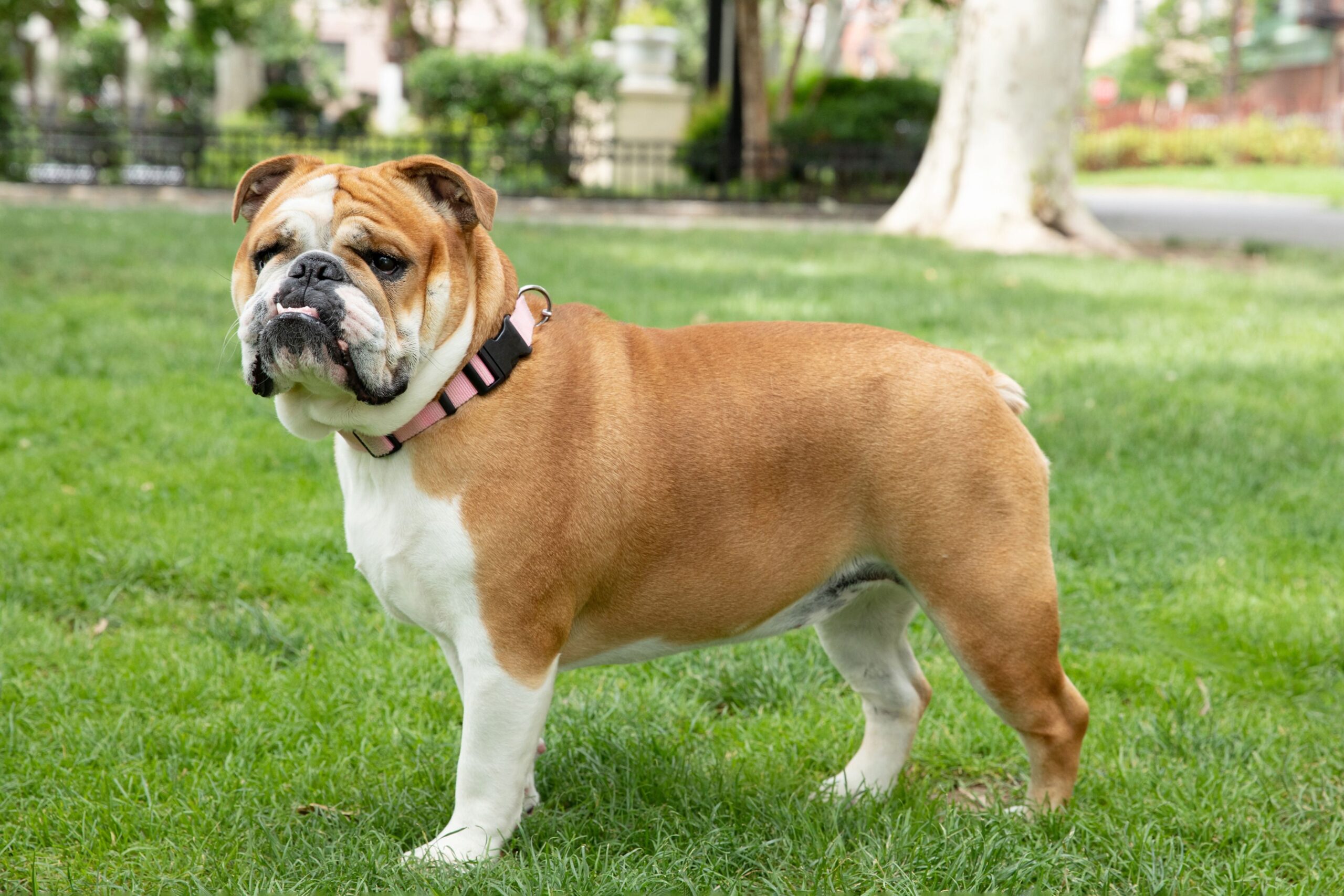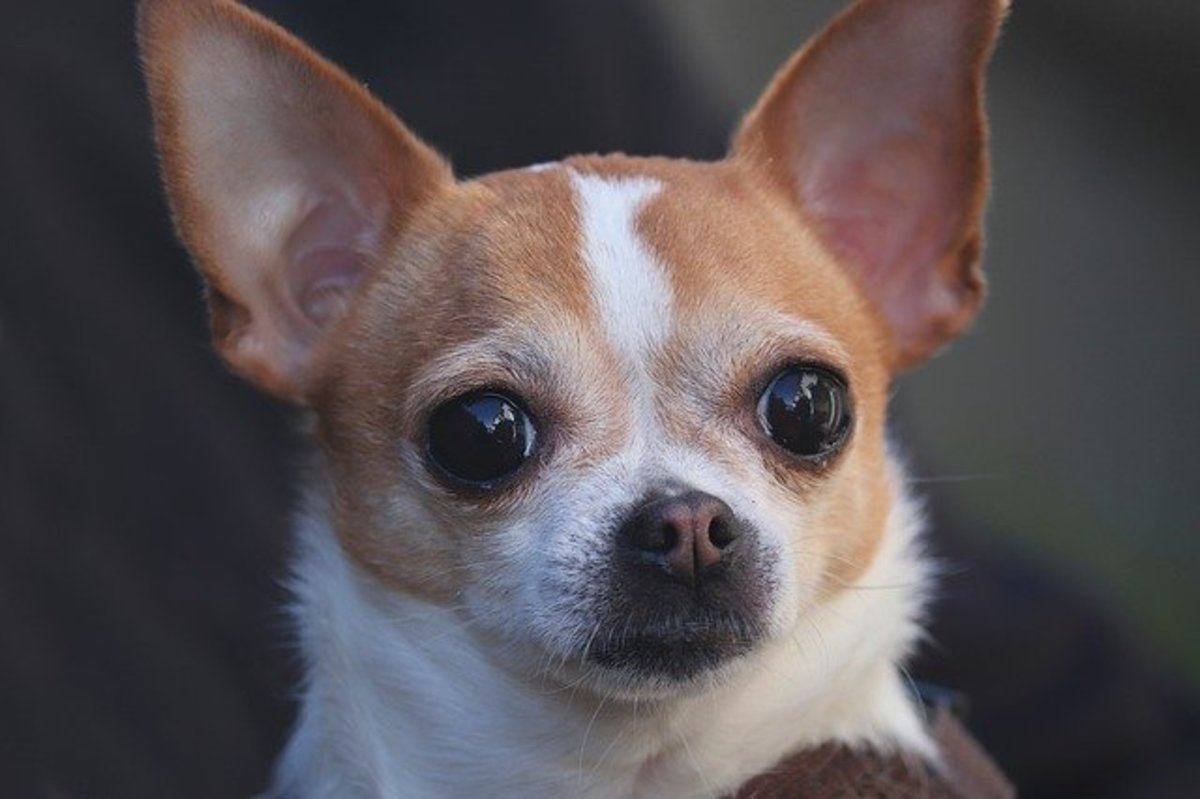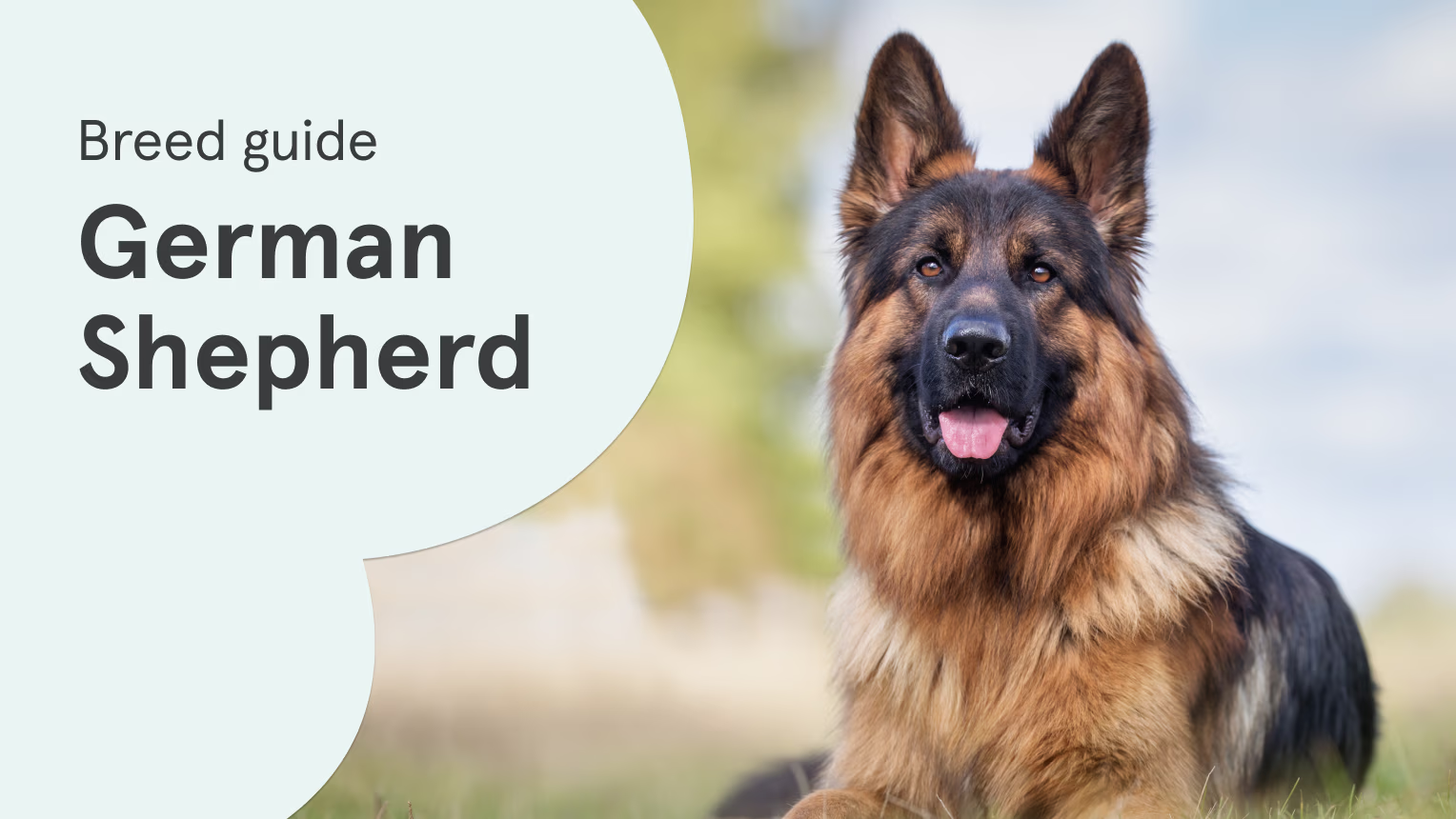🐾 Ultimate Guide to the Bulldog: Complete Details, How to Care, Train, Choose, Pros & Cons, and Price
Bulldogs are one of the most recognizable and beloved dog breeds in the world. Known for their distinctive wrinkled face, muscular build, and sweet, gentle disposition, Bulldogs have become cherished family pets. Whether you’re thinking about adopting a Bulldog or simply want to learn more about them, this comprehensive guide will cover everything you need to know.
📋 Overview of the Bulldog
- Breed Name: Bulldog (also known as English Bulldog)
- Origin: England
- Group: Non-sporting Group (AKC)
- Weight: 40–50 pounds (18–23 kg)
- Height: 14–15 inches (35–38 cm) at the shoulder
- Life Span: 8–10 years
- Coat: Short, smooth, and glossy
- Colors: White, fawn, brindle, piebald, red, or a combination
- Temperament: Gentle, affectionate, courageous, and sometimes stubborn
- Energy Level: Low to moderate
- Good with Kids?: Excellent
- Good with Other Pets?: Yes, with early socialization
🐶 History and Origins of the Bulldog
The Bulldog’s history dates back to 13th-century England, where it was originally bred for the brutal sport of bull-baiting. In those early days, Bulldogs were fierce, aggressive, and bred for strength and tenacity.
When bull-baiting was banned in the 19th century, the Bulldog’s future seemed uncertain. Fortunately, breed enthusiasts worked hard to preserve the Bulldog by selectively breeding for a gentler, more affectionate temperament while maintaining their sturdy, iconic appearance.
Today’s Bulldogs are sweet, loving companions, far removed from their ferocious ancestors.
🐕 Physical Appearance of the Bulldog
Bulldogs have a distinct, unmistakable look:
- Body: Stocky, muscular, and low to the ground.
- Face: Large, wrinkled with a characteristic pushed-in nose (brachycephalic).
- Jaw: Undershot bite (lower jaw sticks out).
- Eyes: Round, dark, and wide-set.
- Ears: Small, thin, and folded (“rose ears”).
- Tail: Naturally short, either straight or screwed.
Their thick folds and loose skin, especially around the face and neck, give them a unique appearance that’s instantly recognizable.
🏡 How to Care for a Bulldog
1. Exercise Needs
Bulldogs are not overly energetic, but they do require regular, moderate exercise to maintain a healthy weight.
- Daily walks: 15–30 minutes is usually sufficient.
- Avoid overexertion: Bulldogs are prone to overheating, especially in hot weather.
- Indoor play: Short play sessions indoors are perfect.
Tip: Always walk them during cooler parts of the day and avoid heavy exercise in the heat.
2. Grooming Needs
Bulldogs are relatively low-maintenance but still require some specific grooming care.
- Brushing: Brush once a week with a soft-bristle brush to remove loose hair.
- Wrinkle cleaning: Clean between their skin folds with a damp cloth to prevent infections.
- Bathing: Every 1–2 months or when dirty.
- Nail trimming: Regular trimming is important to prevent overgrowth.
- Dental care: Brush their teeth several times a week to avoid dental diseases.
Tip: Pay special attention to their skin folds and tail area for any signs of irritation.
3. Feeding Requirements
Bulldogs love to eat and are prone to obesity.
- Diet: High-quality, well-balanced dry kibble, appropriate for their age and weight.
- Feeding Schedule: 2 meals per day instead of free-feeding.
- Portion Control: Monitor their food intake carefully.
Tip: Consult your vet about the right diet to prevent obesity-related health issues.
4. Health Care
Bulldogs are prone to certain health issues:
- Respiratory problems: Due to their short snouts, they can struggle with breathing, especially in heat.
- Hip dysplasia: Common due to their body structure.
- Skin infections: Especially in their folds.
- Cherry eye: A condition affecting the tear gland.
- Heat sensitivity: Bulldogs can quickly overheat.
Tip: Regular vet visits, a cool environment, and early diagnosis are critical to ensuring a long, healthy life.
🧠 How to Train a Bulldog
1. Start Early
Bulldogs are intelligent but stubborn. Early training (puppy stage) is essential.
- Puppy socialization: Expose them to different people, environments, and other dogs.
- Basic commands: Sit, stay, come, down—start simple and be consistent.
2. Use Positive Reinforcement
Bulldogs respond best to positive reinforcement:
- Rewards: Treats, praise, and affection work wonders.
- Consistency: Bulldogs need clear and consistent expectations.
- Patience: Never use harsh methods; patience is key.
3. Address Behavioral Challenges
Bulldogs may display:
- Stubbornness: Short, fun training sessions help keep their attention.
- Chewing: Provide durable chew toys to avoid destructive behaviors.
- Guarding instincts: Early socialization can prevent territorial behavior.
🏠 How to Choose a Bulldog
When selecting a Bulldog puppy or adult:
- Research reputable breeders: Look for breeders who perform health screenings for common Bulldog problems.
- Visit the breeder: Meet the puppy’s parents and observe living conditions.
- Ask for health clearances: Especially for hips, elbows, and breathing issues.
- Temperament testing: Choose a puppy that is friendly, curious, and not overly aggressive or shy.
- Rescue option: Consider adopting a Bulldog from a rescue organization; many wonderful Bulldogs are looking for forever homes!
✅ Pros and ❌ Cons of Owning a Bulldog
✅ Pros:
- Affectionate and loving: Bulldogs form strong bonds with their families.
- Low exercise needs: Great for apartment living or owners with a less active lifestyle.
- Good with kids and other pets: Gentle and tolerant when socialized early.
- Unique personality: Their funny, clownish behavior brings lots of laughter.
❌ Cons:
- Health issues: Bulldogs are prone to respiratory, skin, and joint problems.
- Cost of care: Vet bills can be high due to breed-specific health concerns.
- Heat sensitivity: They need to be kept cool in warmer climates.
- Stubbornness: Requires patient and persistent training.
💰 Bulldog Price and Ongoing Costs
- Puppy price: $1,500–$4,000 depending on breeder reputation, bloodlines, and location.
- Adoption fee: $200–$600 from a rescue organization.
- Annual care costs: $1,000–$2,500 (including food, vet care, grooming, insurance, and supplies).
Important Tip: Always budget for unexpected veterinary expenses, especially for a breed prone to health issues.
🐾 Final Thoughts
The Bulldog is a sweet, loyal, and charming companion with a heart full of love and a character that will steal yours. They are a breed that requires special attention to health and lifestyle needs but reward their owners with affection, loyalty, and endless smiles.
If you’re willing to invest the time, care, and love needed, a Bulldog can be one of the most rewarding dogs to have by your side.
Are you ready for a best friend who snores loudly, loves naps, and gives endless cuddles? Then the Bulldog might just be the perfect addition to your family!




